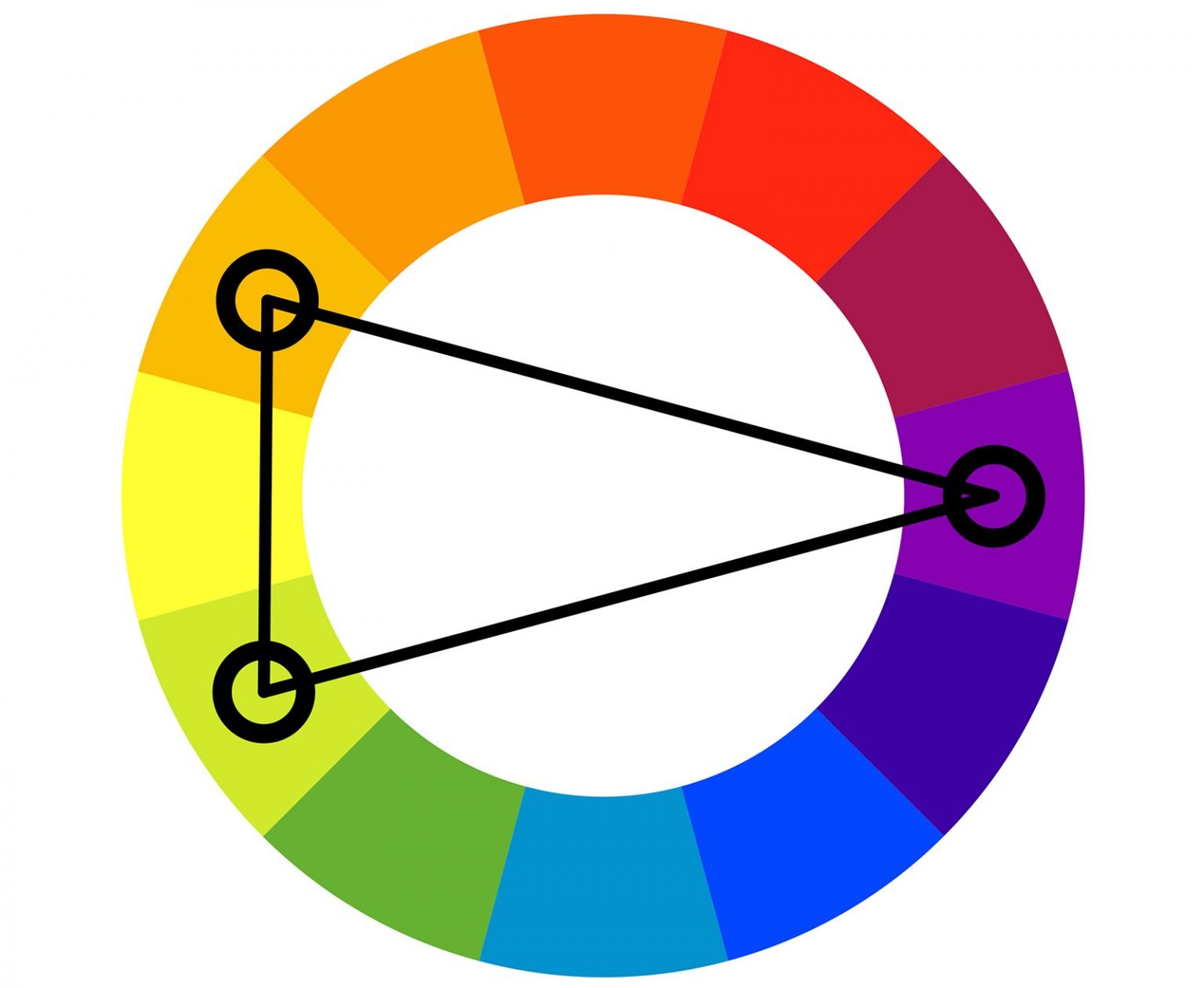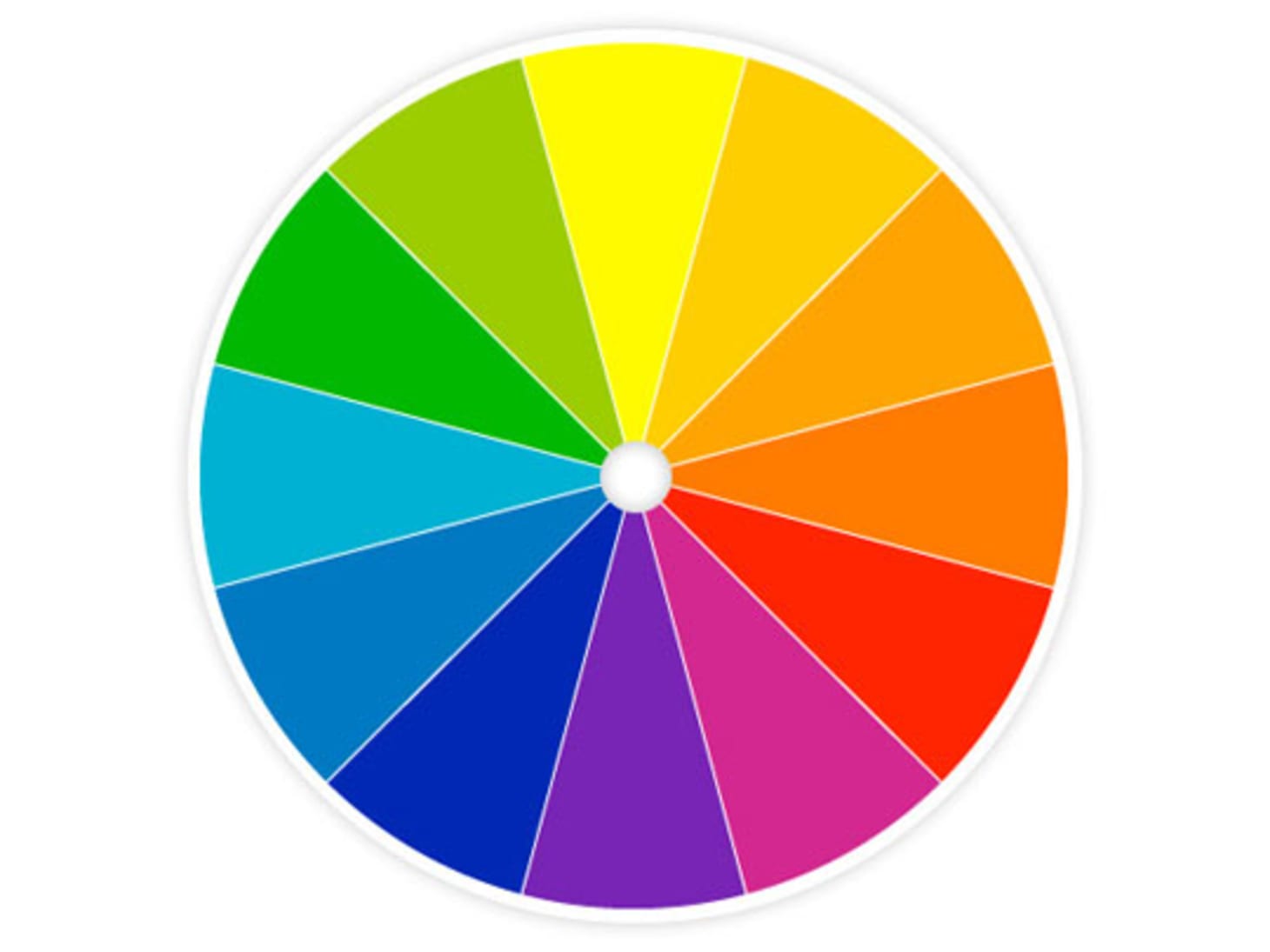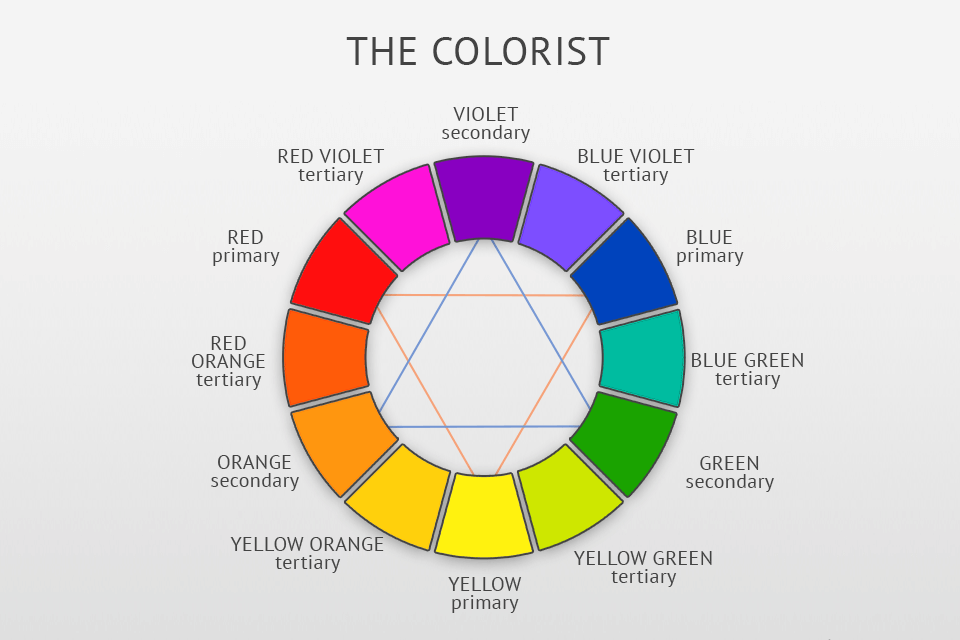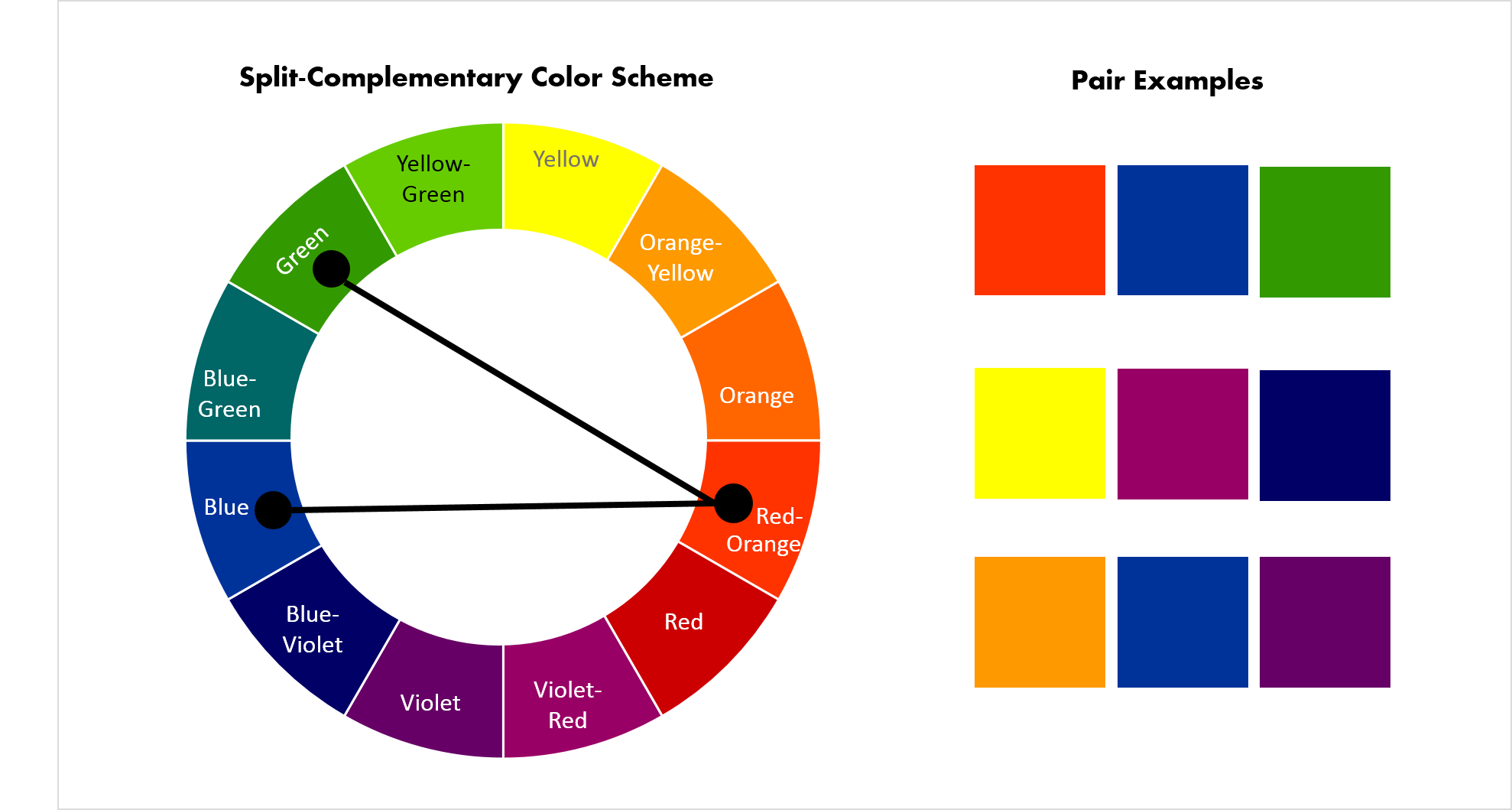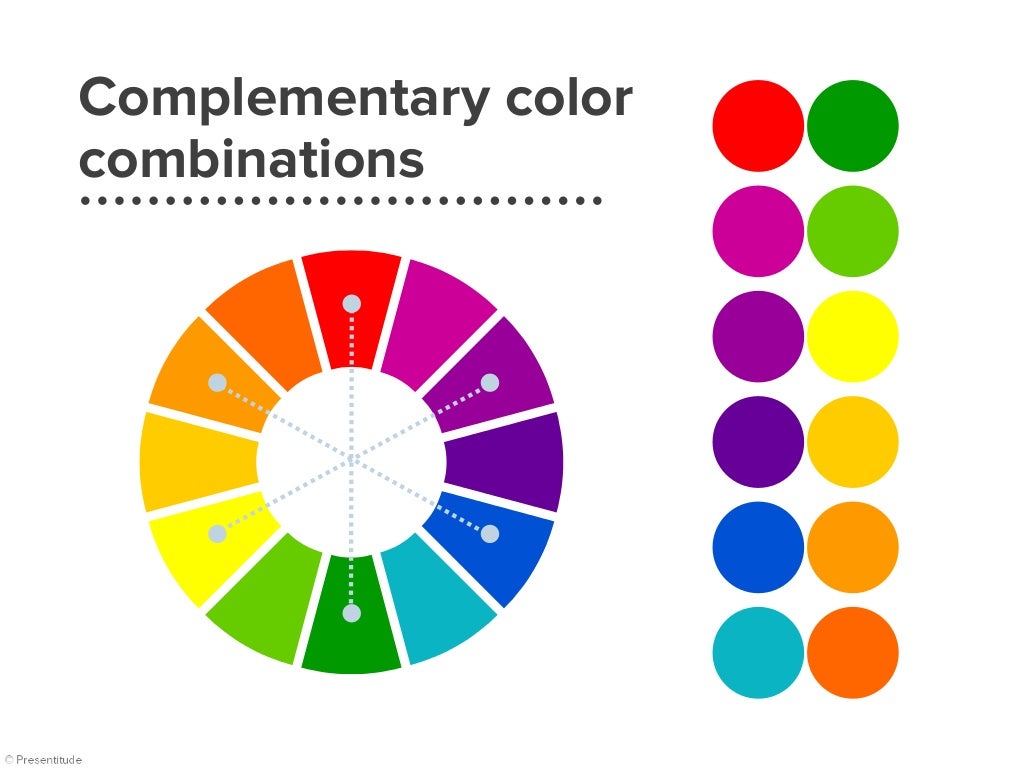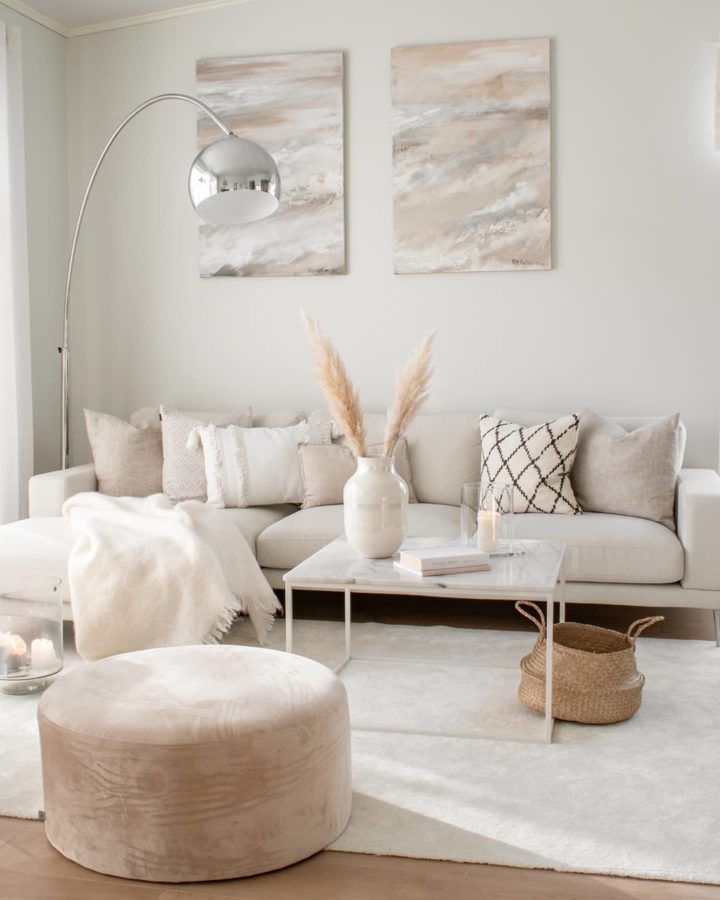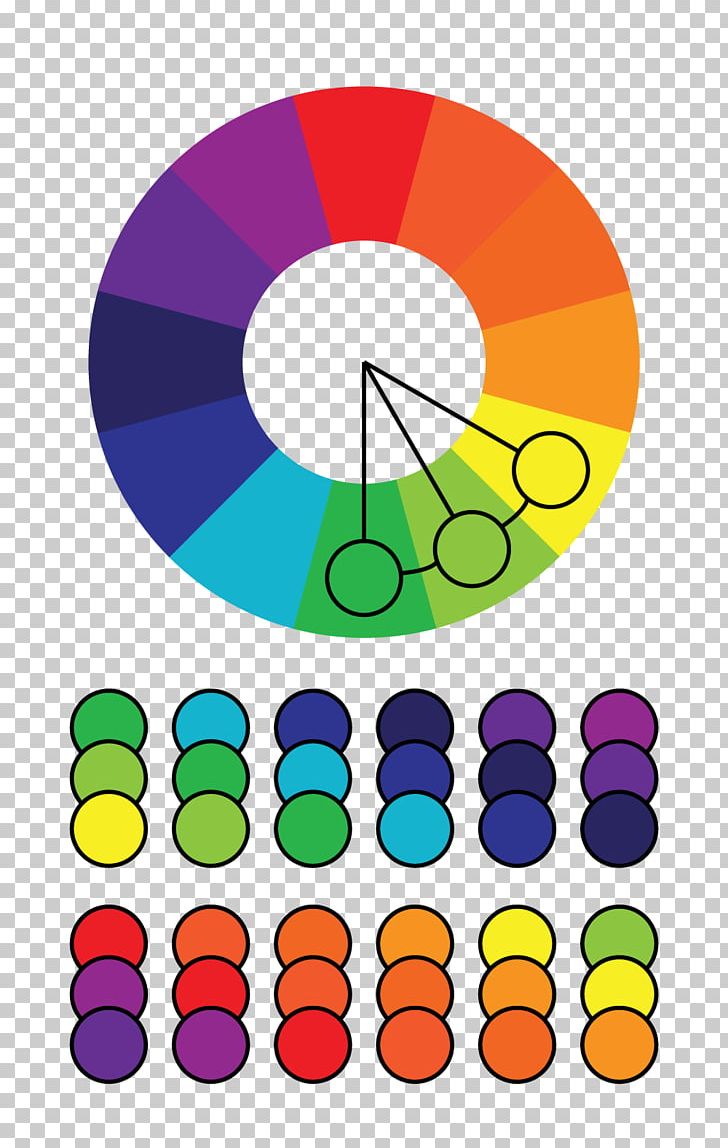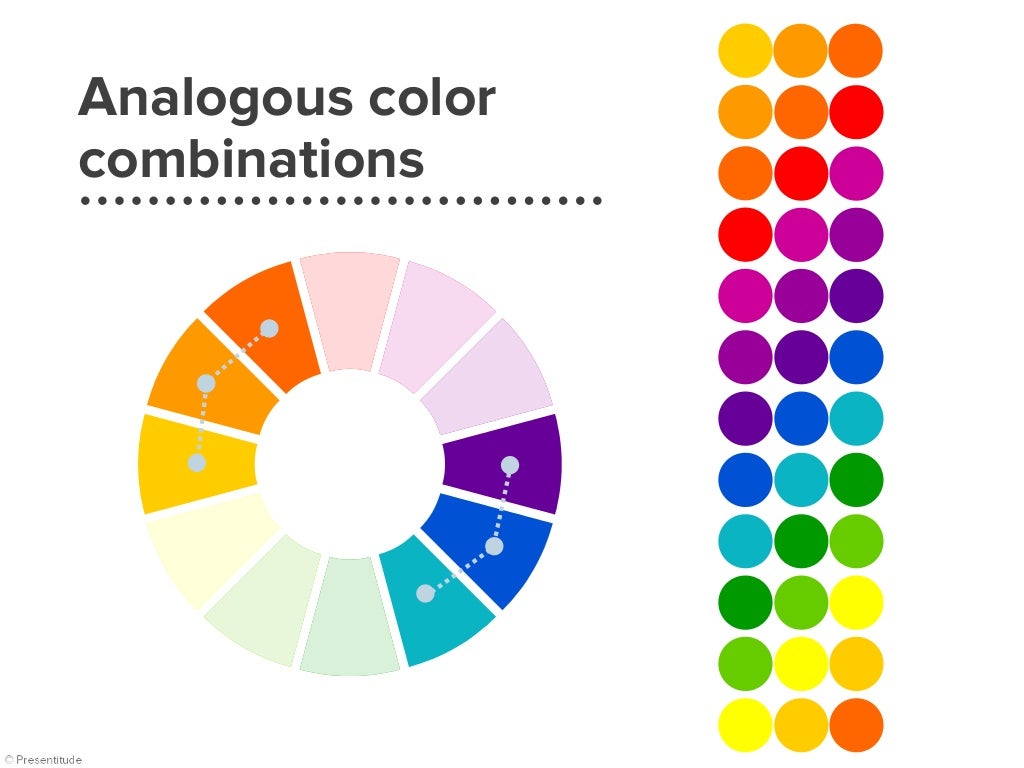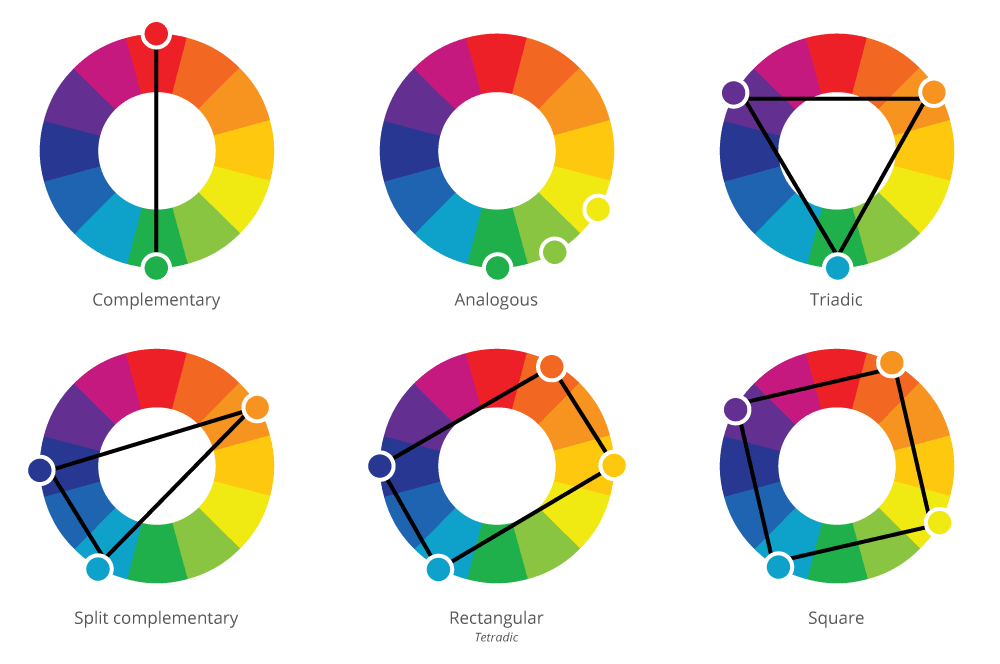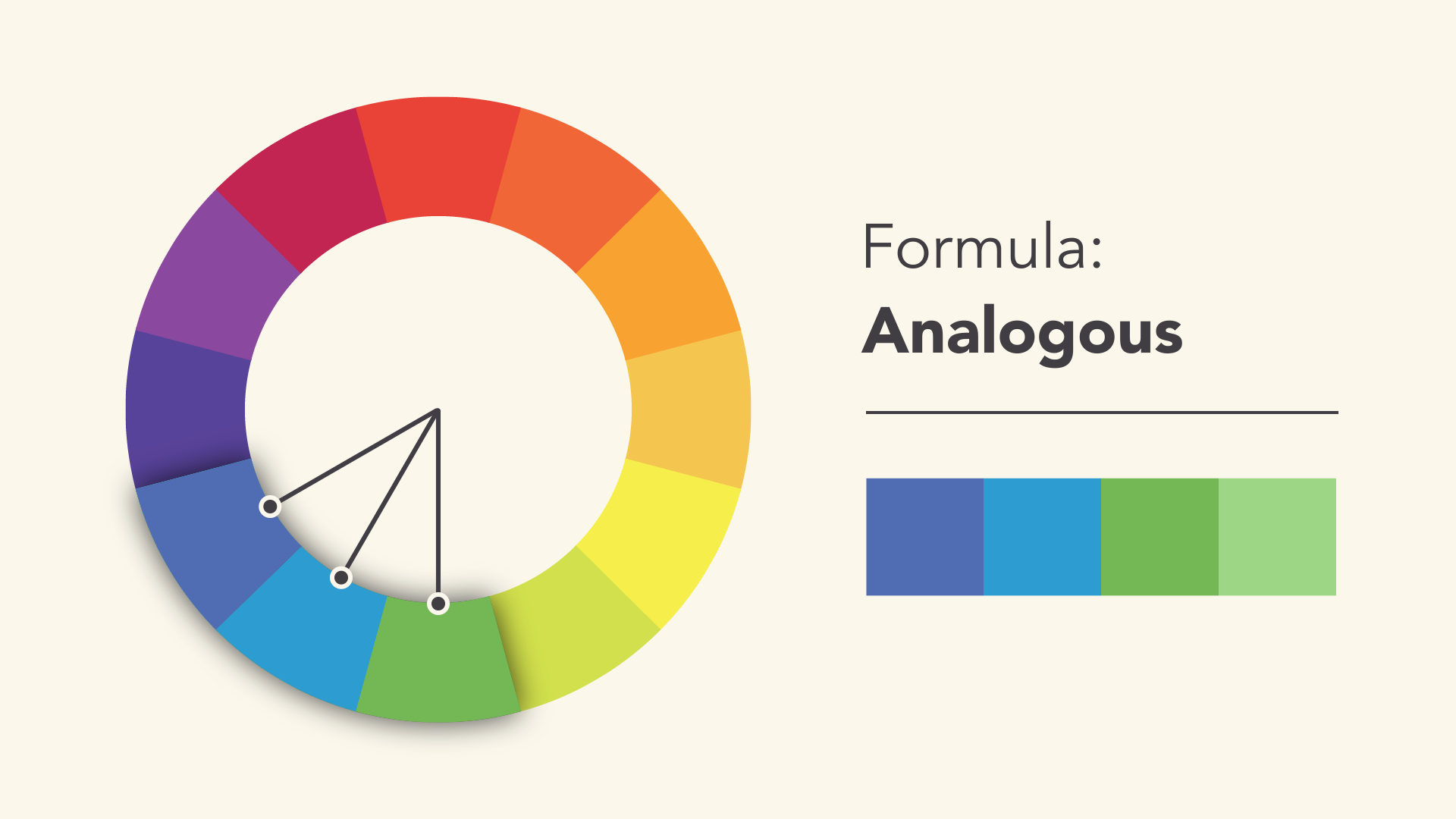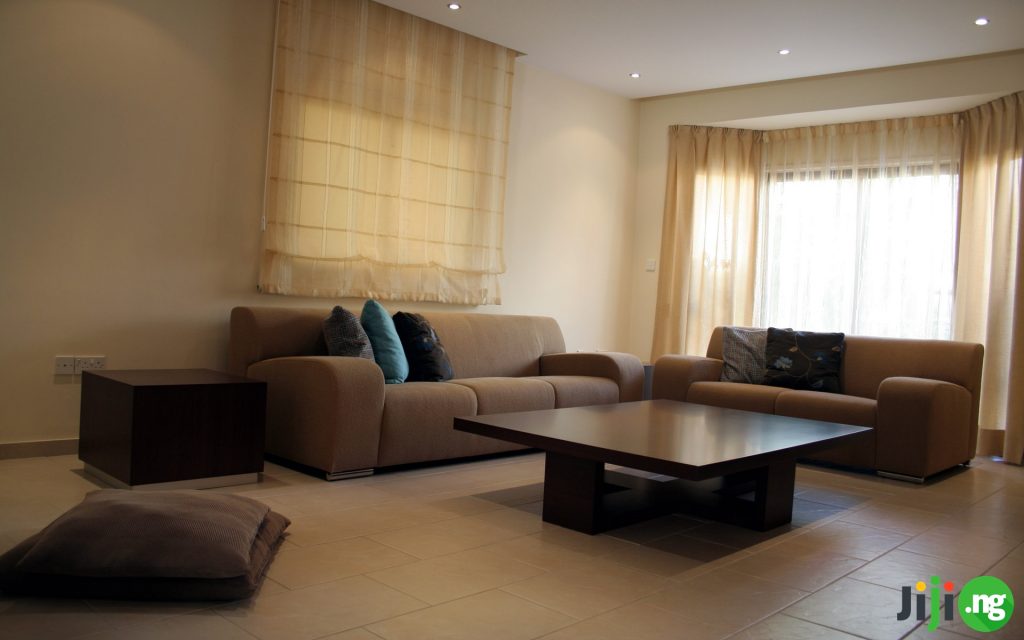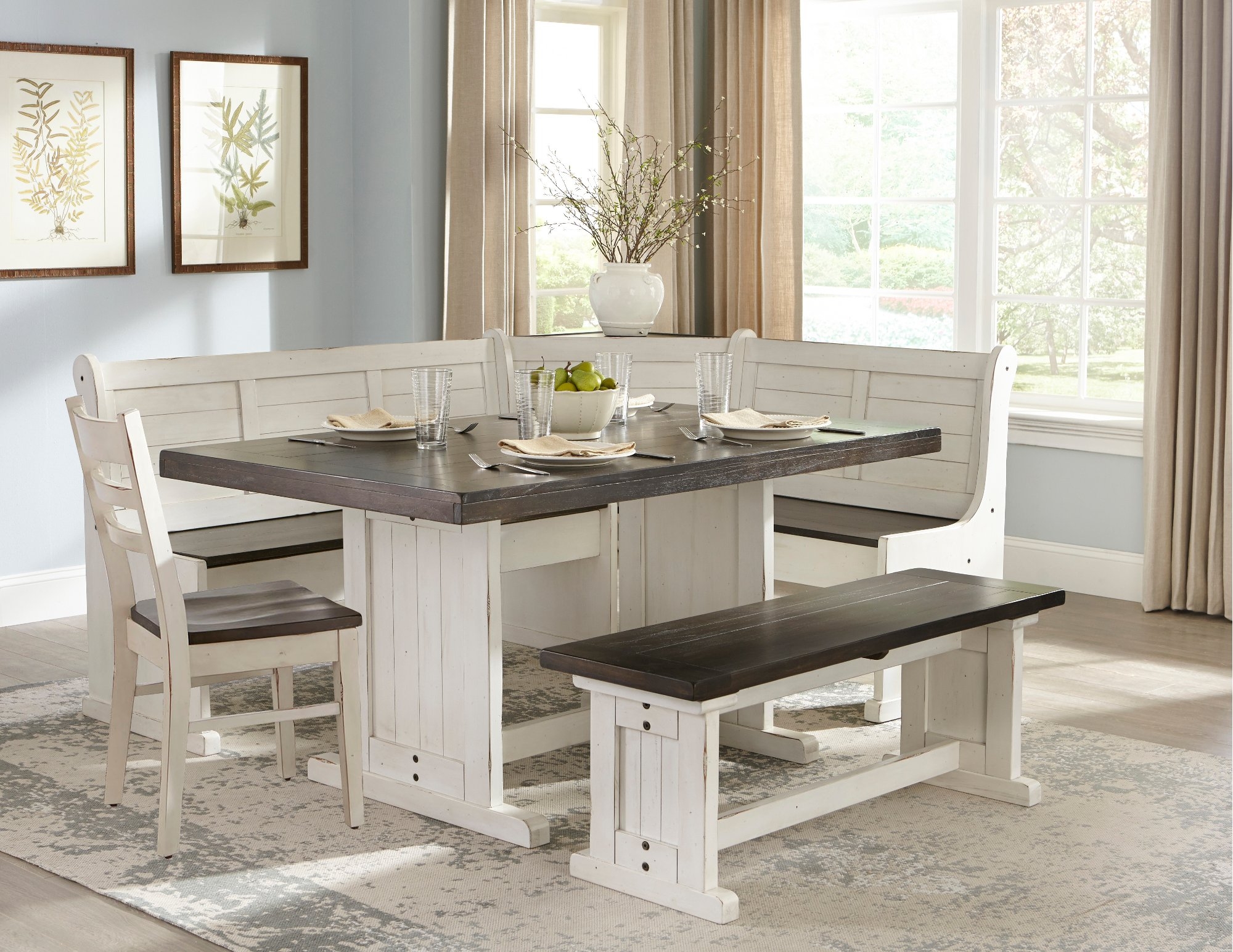Neutral colors are a popular choice for living room walls as they provide a calming and versatile backdrop for any design style. These colors include shades of white, beige, gray, and taupe, which can be easily paired with other colors for a timeless and sophisticated look. Neutral colors are also great for making a small living room feel more spacious and open. If you want to add a touch of warmth to your living room, consider using warm neutral colors such as cream, beige, or light brown. These colors create a cozy and inviting atmosphere and can be complemented with rich textures and natural elements like wood and leather. Warm neutrals are also a great choice for traditional or rustic style living rooms.Neutral Colors
Warm colors are vibrant and energetic, making them perfect for living rooms where you want to create a lively and inviting atmosphere. These colors include shades of red, orange, and yellow, which can add warmth and depth to a space. However, it's important to use warm colors in moderation as they can be overpowering if used in large amounts. For a modern and sophisticated look, try using bold shades of warm colors such as deep red, burnt orange, or mustard yellow. These colors work well with neutral tones and can be used as accent colors to add a pop of color to your living room. You can also use warm colors in accessories like throw pillows, rugs, and artwork to add visual interest to your space.Warm Colors
Cool colors are known for their calming and soothing effect, making them a great choice for living rooms where you want to create a relaxing and tranquil atmosphere. These colors include shades of blue, green, and purple, which can make a space feel more spacious and airy. Cool colors are also great for creating a beachy or coastal vibe in your living room. If you want to add a touch of coolness to your living room, consider using shades of light blue, seafoam green, or lavender. These colors work well with other cool tones and can be paired with natural elements like rattan and wicker for a beach-inspired look. You can also use cool colors in larger pieces of furniture like sofas and accent chairs to make a statement in your living room.Cool Colors
Earth tones are inspired by nature and are a great choice for creating a warm and cozy living room. These colors include shades of brown, green, and terracotta, which can bring a sense of grounding and serenity to a space. Earth tones are versatile and can work well in a variety of design styles, from bohemian to farmhouse. If you want to create a nature-inspired living room, consider using earth tones in different textures and materials. For example, you can use a brown leather sofa, a woven jute rug, and a wooden coffee table to add depth and warmth to your space. You can also incorporate plants and natural elements like wood and stone to enhance the earthy feel of your living room.Earth Tones
Light colors are a popular choice for small living rooms as they can make a space feel larger and more open. These colors include shades of white, pastel pink, and light gray, which reflect natural light and create a bright and airy atmosphere. Light colors are also a great choice for minimalist or Scandinavian style living rooms. If you want to create a light and airy living room, consider using shades of white or pastel colors on your walls and larger furniture pieces. You can then add pops of color with accessories like throw pillows, curtains, and artwork. Light colors also work well with natural materials like wood and rattan, creating a harmonious and inviting space.Light Colors
Dark colors can add drama and depth to a living room and are a great choice for creating a cozy and intimate atmosphere. These colors include shades of navy, charcoal, and deep green, which can create a sense of luxury and sophistication. Dark colors are also a great choice for creating a moody and dramatic living room. If you want to use dark colors in your living room, it's important to balance them with lighter elements to avoid making the space feel too heavy. For example, you can pair a dark navy accent wall with a light-colored sofa and bright accessories. You can also use metallic accents and mirrors to reflect light and add visual interest to your living room.Dark Colors
Pastel colors are soft and delicate, making them a popular choice for creating a feminine and romantic living room. These colors include shades of pink, lavender, and baby blue, which can add a touch of whimsy and charm to a space. Pastel colors are also a great choice for creating a vintage-inspired living room. If you want to use pastel colors in your living room, consider mixing them with white and other neutral tones to create a balanced and cohesive look. You can also use pastel colors in different patterns and textures to add dimension and interest to your space. Pastel colors work well with shabby chic or French country style living rooms.Pastel Colors
Monochromatic colors are shades of the same color and can create a sophisticated and cohesive look in a living room. These colors include different shades of one color, such as light blue, navy, and cobalt, which can create a sense of harmony and balance in a space. Monochromatic colors are also a great choice for creating a modern and minimalistic living room. If you want to use monochromatic colors in your living room, start by choosing a base color and then use different shades of that color in your furniture, accessories, and decor. You can also add contrast and visual interest by incorporating different textures and materials in your monochromatic color scheme. Monochromatic colors work well in any design style, from traditional to contemporary.Monochromatic Colors
Complementary colors are opposite each other on the color wheel and can create a bold and dynamic look in a living room. These colors include combinations like blue and orange, yellow and purple, and red and green, which can add a pop of color and create a focal point in a space. Complementary colors are also a great choice for creating a modern and playful living room. If you want to use complementary colors in your living room, it's important to balance them with neutral tones to avoid making the space feel too overwhelming. For example, you can use a bold orange accent wall and balance it with a neutral gray sofa and black and white accessories. Complementary colors work well in contemporary or eclectic style living rooms.Complementary Colors
Analogous colors are next to each other on the color wheel and can create a harmonious and cohesive look in a living room. These colors include shades of the same color family, such as green, blue, and purple, which can create a sense of flow and continuity in a space. Analogous colors are also a great choice for creating a serene and peaceful living room. If you want to use analogous colors in your living room, choose one main color and then use shades of that color in your furniture, accessories, and decor. You can also add contrast and visual interest by using different textures and patterns in your analogous color scheme. Analogous colors work well in a variety of design styles, from traditional to bohemian.Analogous Colors
Choosing the Right Colours for Your Living Room

Creating a Welcoming Living Room
:max_bytes(150000):strip_icc()/beautiful-living-room-interior-with-colorful-area-rug--large-couch--and-abundant-natural-light-1210163723-a6f8f523c80a41b3a1272de88db0cc21.jpg) When it comes to designing your living room, one of the most important factors to consider is the
colours
you choose. The colours you use can greatly impact the overall look and feel of the room, making it either inviting and cozy or cold and uninviting.
Colours suitable for living room
can vary depending on your personal style and the atmosphere you want to create. Here are some tips to help you choose the perfect colours for your living room.
When it comes to designing your living room, one of the most important factors to consider is the
colours
you choose. The colours you use can greatly impact the overall look and feel of the room, making it either inviting and cozy or cold and uninviting.
Colours suitable for living room
can vary depending on your personal style and the atmosphere you want to create. Here are some tips to help you choose the perfect colours for your living room.
Start with a Neutral Base
 Neutral colours serve as a great base for any living room design. Shades such as white, beige, and grey provide a clean and timeless look that can easily be accented with
bold
and
bright
colours. This base will also make it easier for you to change up the look of your living room in the future without having to completely
redesign
the space.
Neutral colours serve as a great base for any living room design. Shades such as white, beige, and grey provide a clean and timeless look that can easily be accented with
bold
and
bright
colours. This base will also make it easier for you to change up the look of your living room in the future without having to completely
redesign
the space.
Consider the Mood
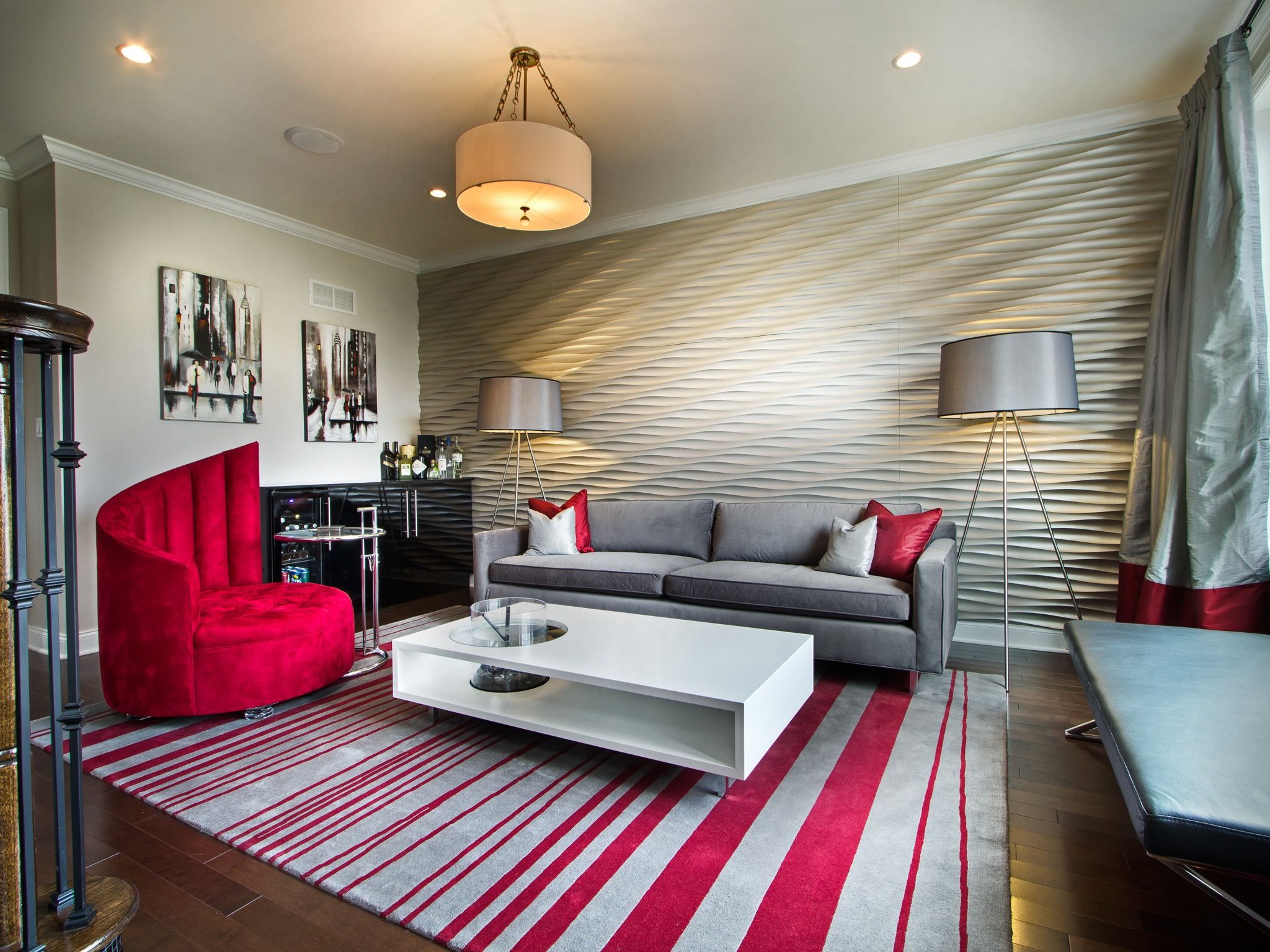 When choosing colours for your living room, consider the mood you want to create. Warm tones like yellows, oranges, and reds can make the space feel cozy and inviting, while cool tones like blues and greens can create a more relaxing and calming atmosphere.
Colours suitable for living room
can also depend on the amount of natural light in the room. Darker colours can make a room feel smaller and more intimate, while lighter colours can make the space feel more open and airy.
When choosing colours for your living room, consider the mood you want to create. Warm tones like yellows, oranges, and reds can make the space feel cozy and inviting, while cool tones like blues and greens can create a more relaxing and calming atmosphere.
Colours suitable for living room
can also depend on the amount of natural light in the room. Darker colours can make a room feel smaller and more intimate, while lighter colours can make the space feel more open and airy.
Don't Be Afraid to Use Patterns
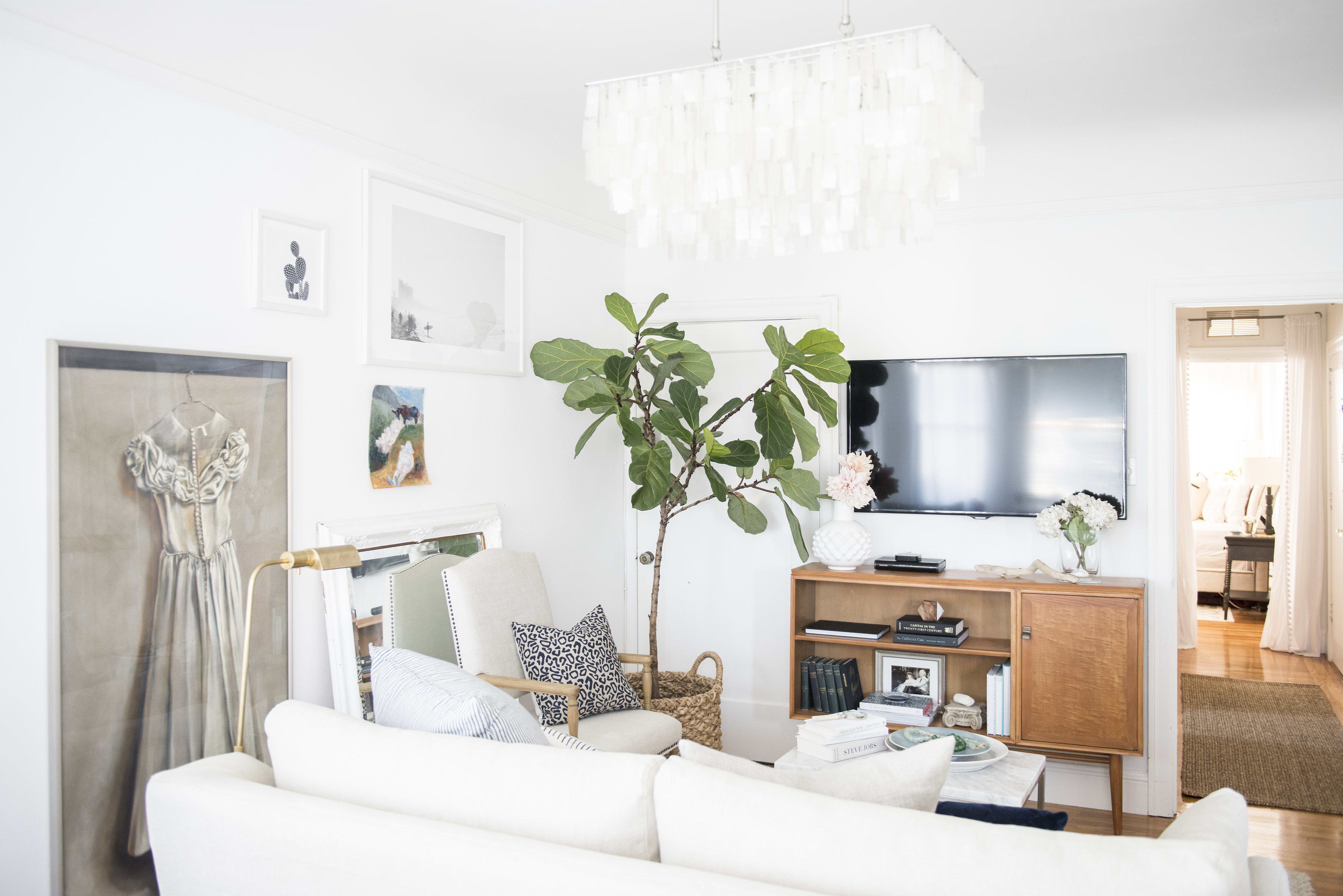 Patterns are a great way to add interest and depth to your living room. When choosing patterns, make sure to stick to a complementary colour scheme to avoid a chaotic look. You can also use patterns to tie in different colours and bring cohesiveness to the room. For example, if you have a
bold
patterned rug, you can pull out a few colours from the rug and use them in your throw pillows or curtains.
Patterns are a great way to add interest and depth to your living room. When choosing patterns, make sure to stick to a complementary colour scheme to avoid a chaotic look. You can also use patterns to tie in different colours and bring cohesiveness to the room. For example, if you have a
bold
patterned rug, you can pull out a few colours from the rug and use them in your throw pillows or curtains.
Use Accent Colours
 Incorporating
accent
colours into your living room can add a pop of colour and personality to the space. These can be brought in through decorative items such as throw pillows, artwork, or even a statement piece of furniture. Just make sure to use them sparingly to avoid overwhelming the room.
In conclusion, when choosing
colours suitable for living room
, consider your personal style and the mood you want to create in the space. Starting with a neutral base and incorporating patterns and accent colours can help bring balance and cohesion to your living room design. With these tips in mind, you can create a welcoming and inviting living room that reflects your unique style.
Incorporating
accent
colours into your living room can add a pop of colour and personality to the space. These can be brought in through decorative items such as throw pillows, artwork, or even a statement piece of furniture. Just make sure to use them sparingly to avoid overwhelming the room.
In conclusion, when choosing
colours suitable for living room
, consider your personal style and the mood you want to create in the space. Starting with a neutral base and incorporating patterns and accent colours can help bring balance and cohesion to your living room design. With these tips in mind, you can create a welcoming and inviting living room that reflects your unique style.



:max_bytes(150000):strip_icc()/what-is-a-neutral-color-1973822-03-3fab8b5a361d49638d3de1cbaf579a22.jpg)
/Lee-Edwards-Getty-Images-56a5ae653df78cf7728968ec.jpg)

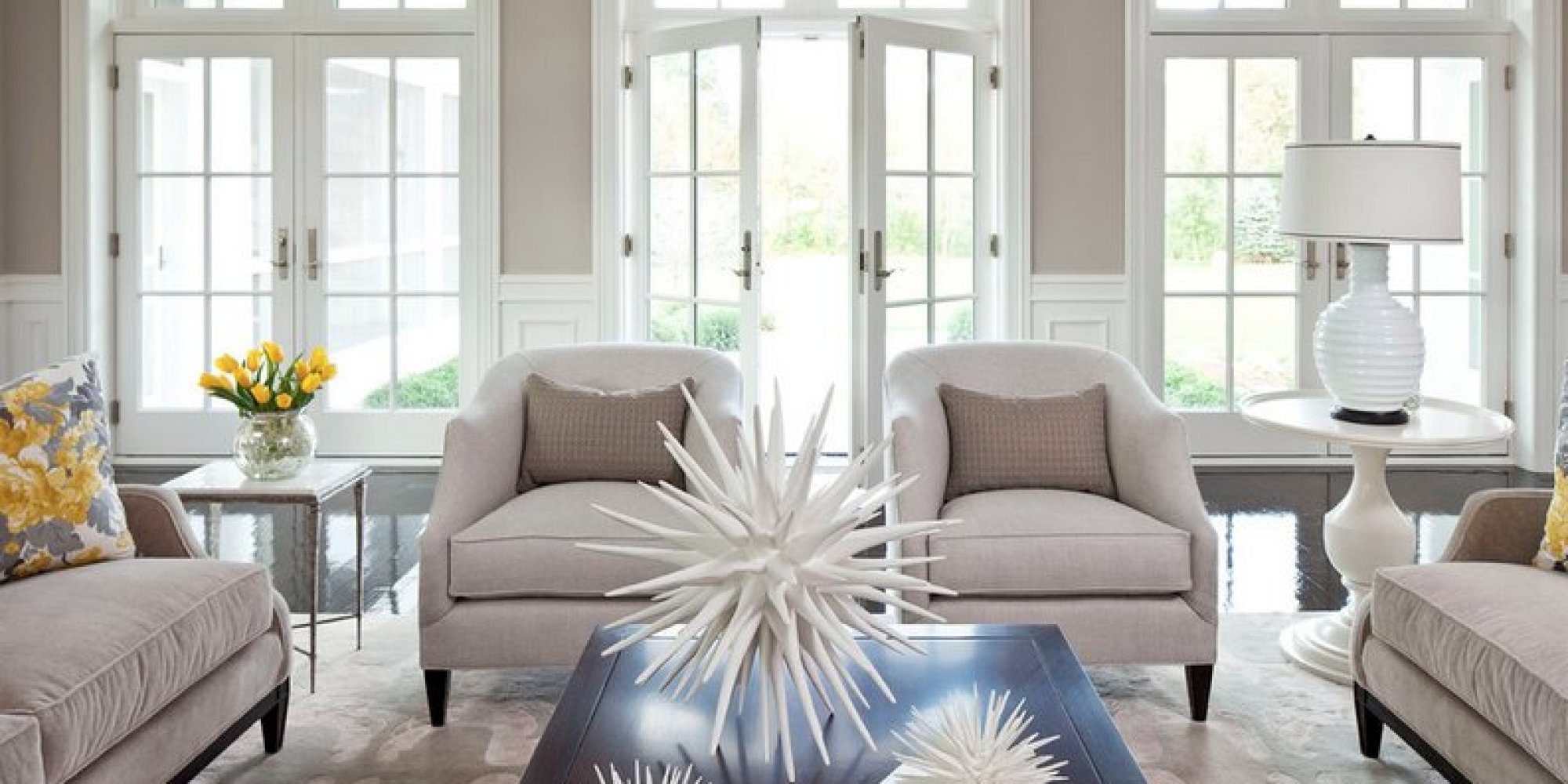
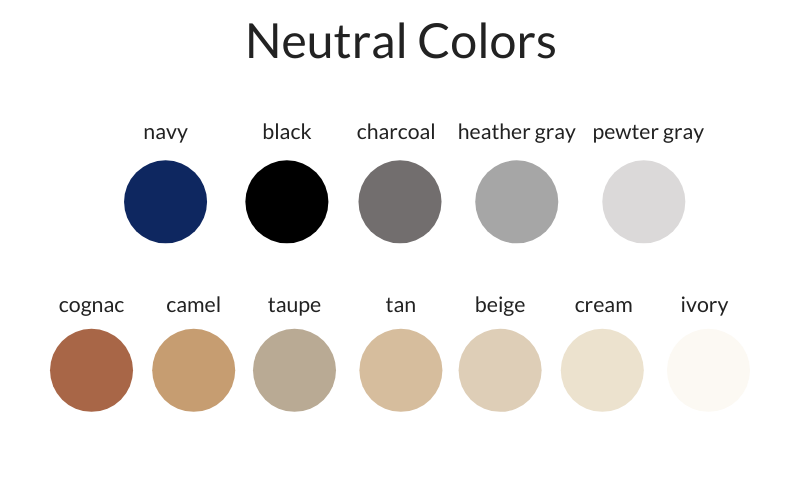
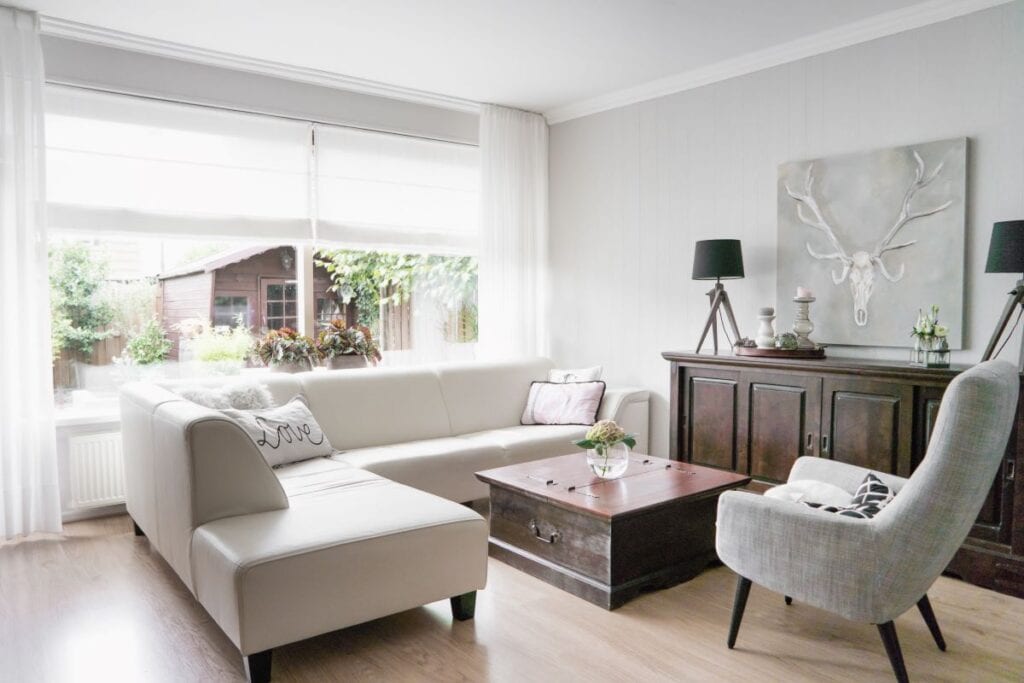
/clark_Kensington_neutrals-57db7f2e5f9b5865164b7baa.png)





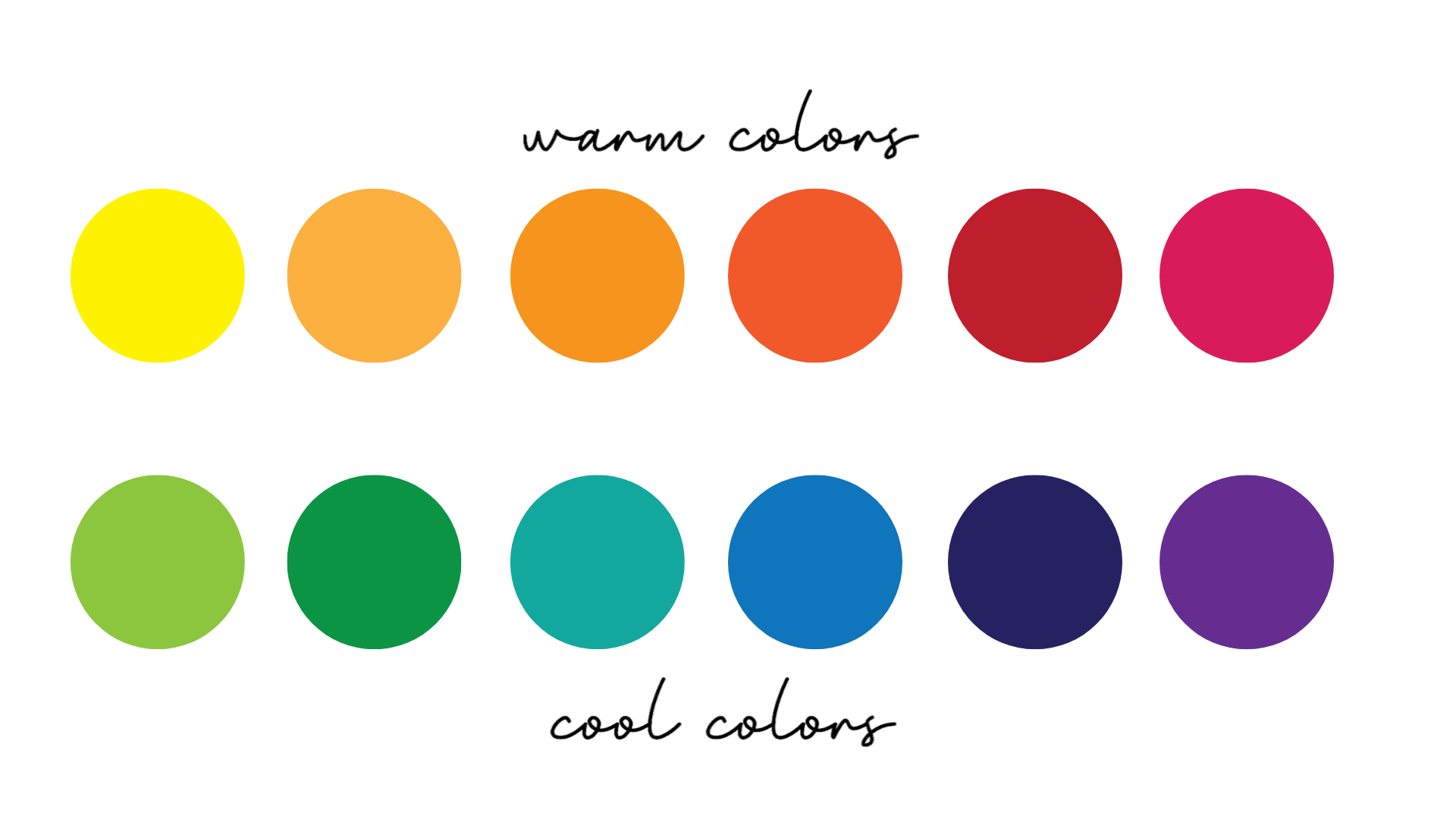
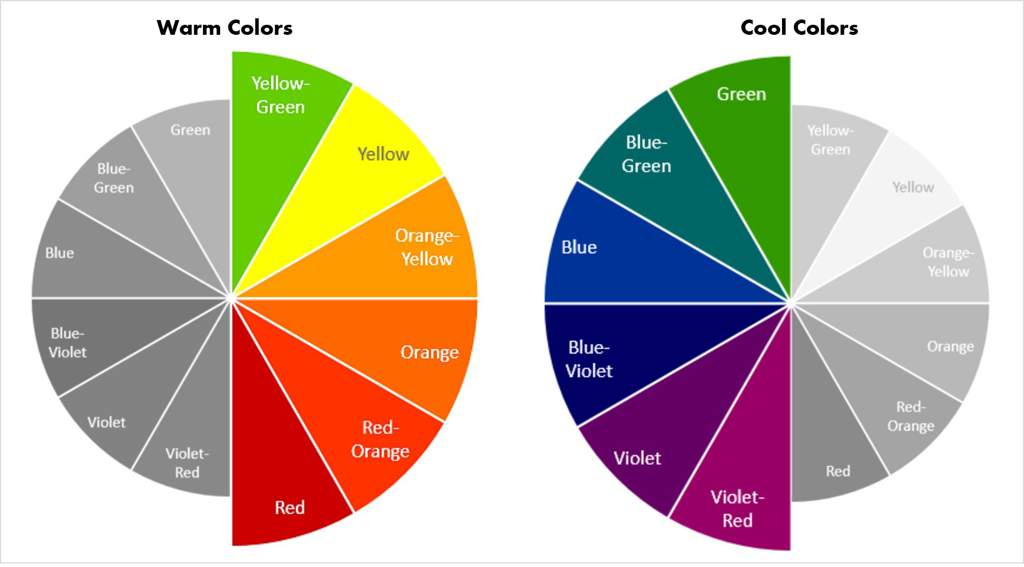
















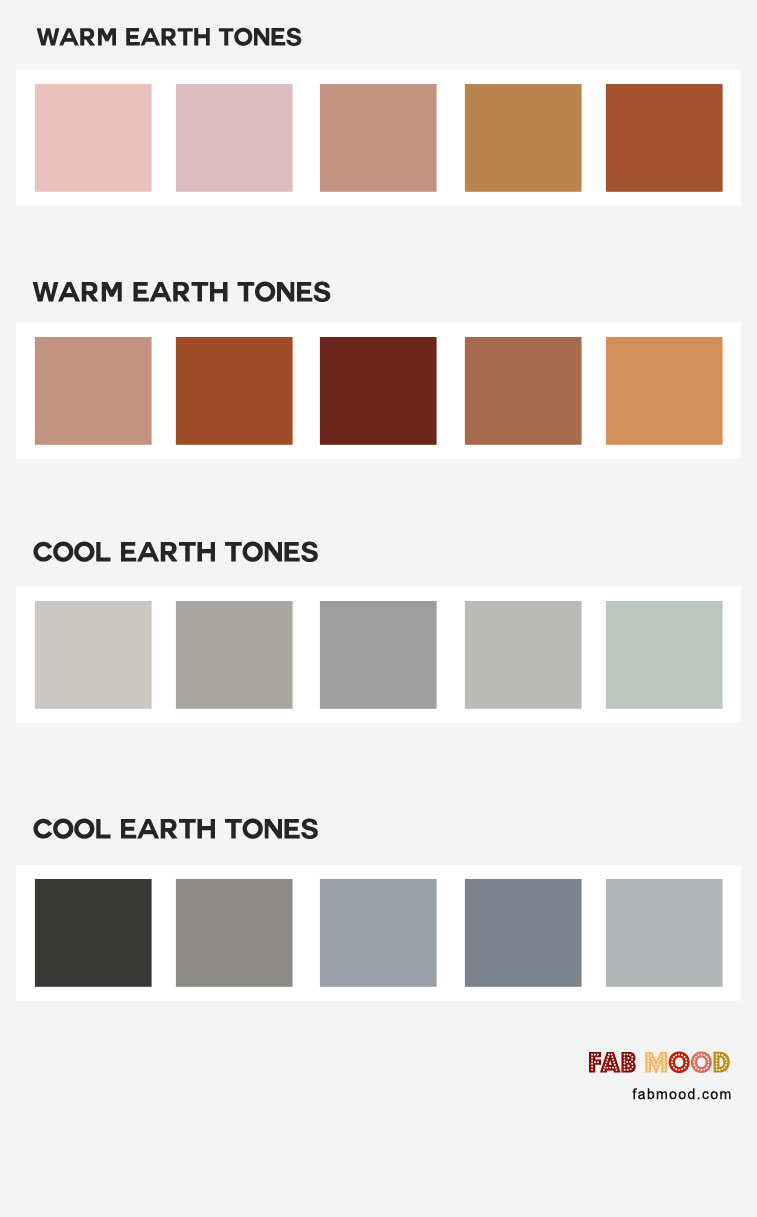


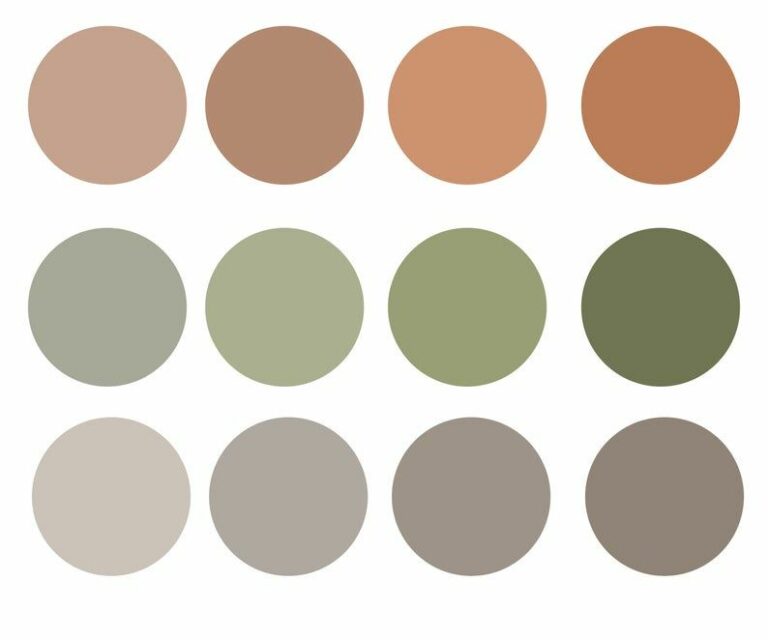




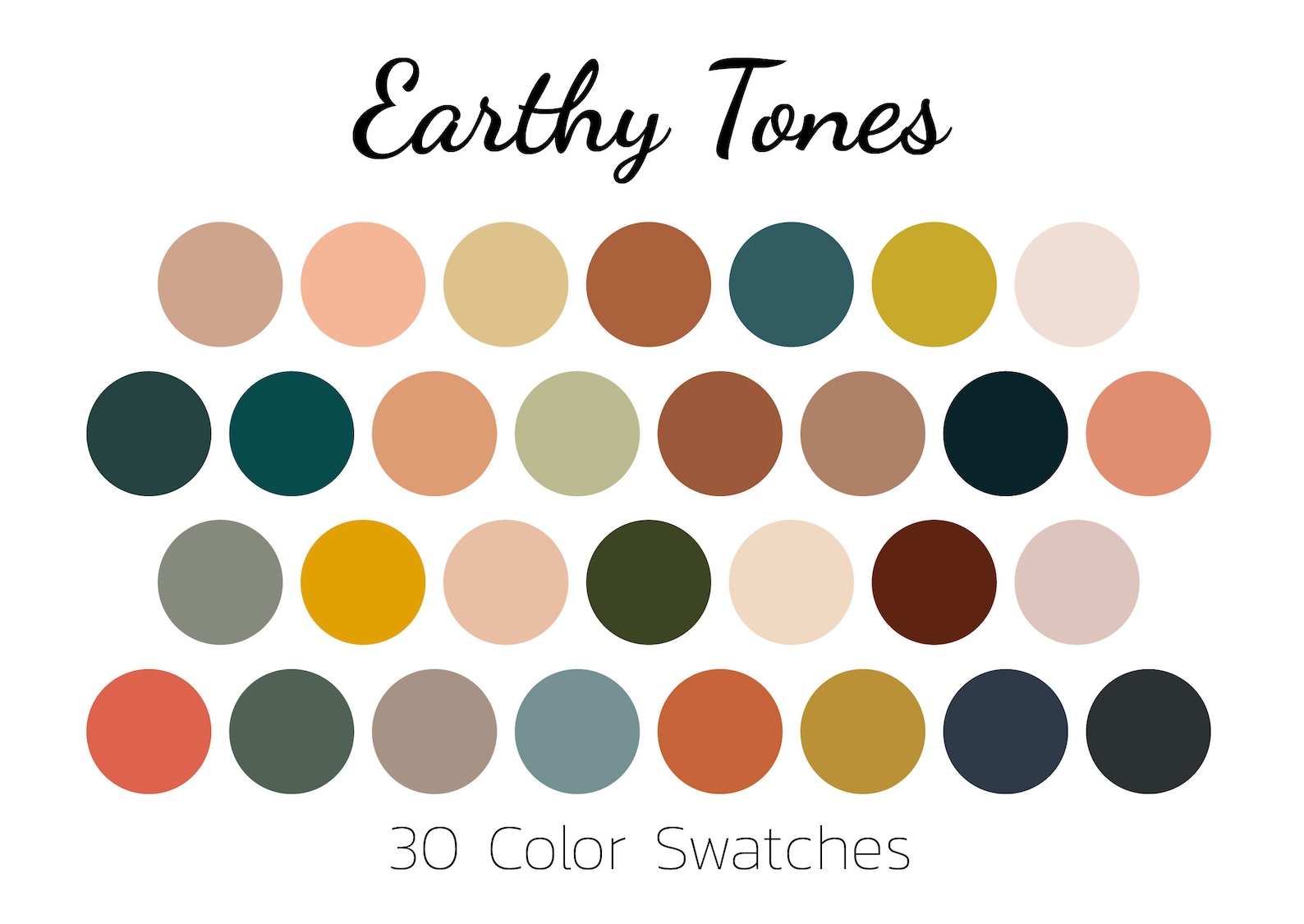


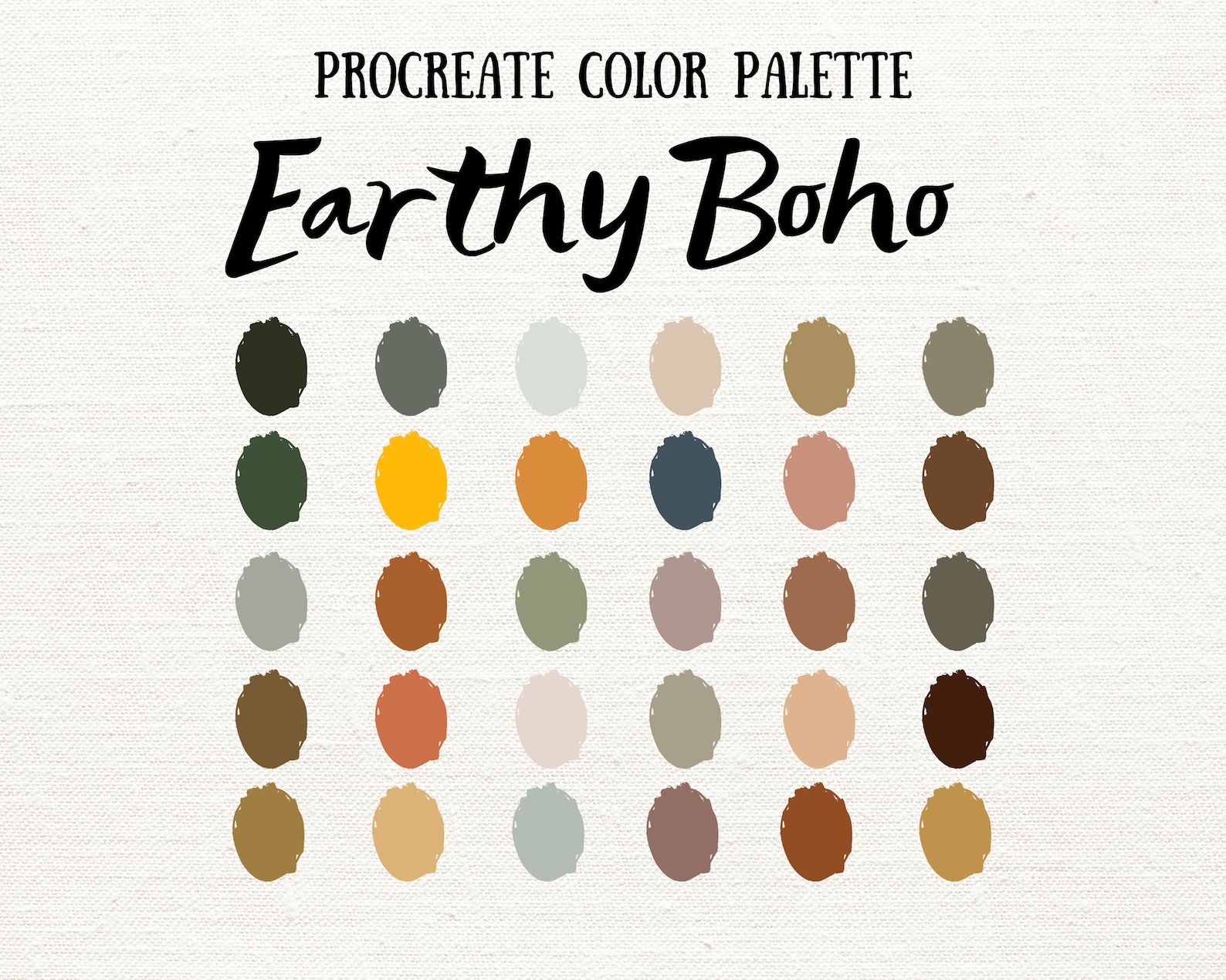
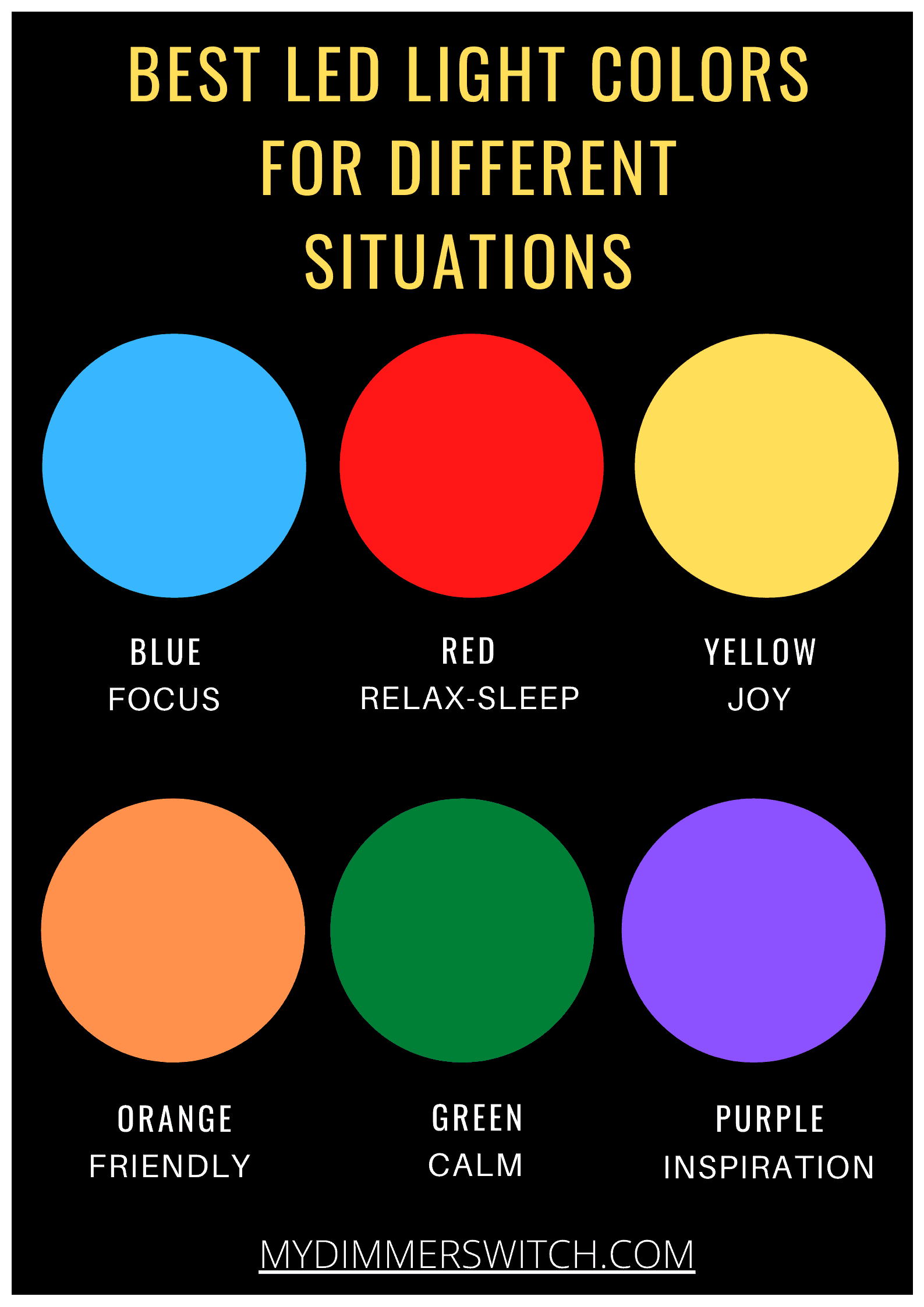










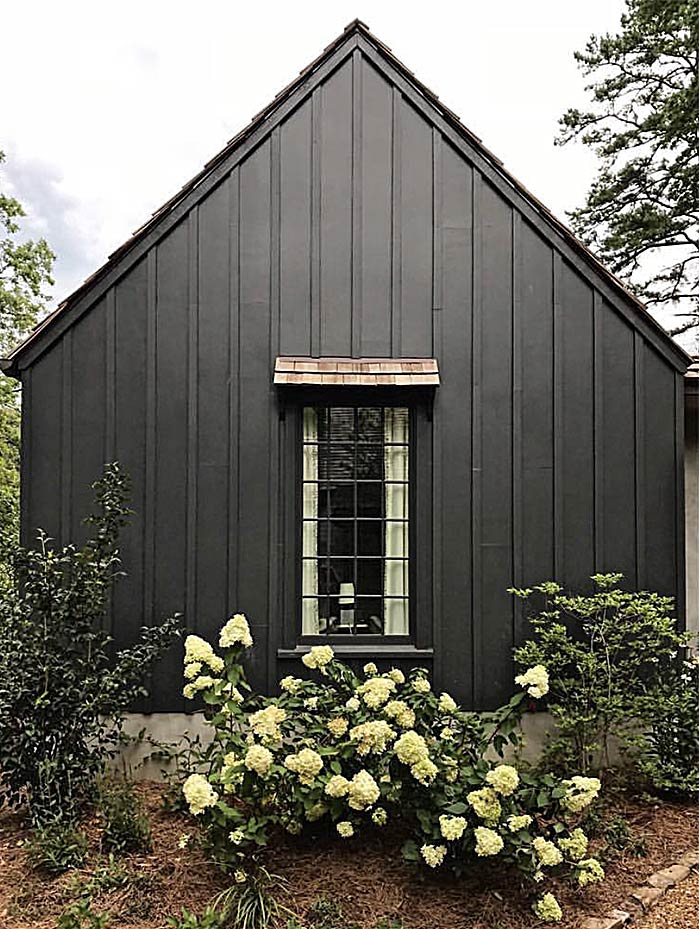








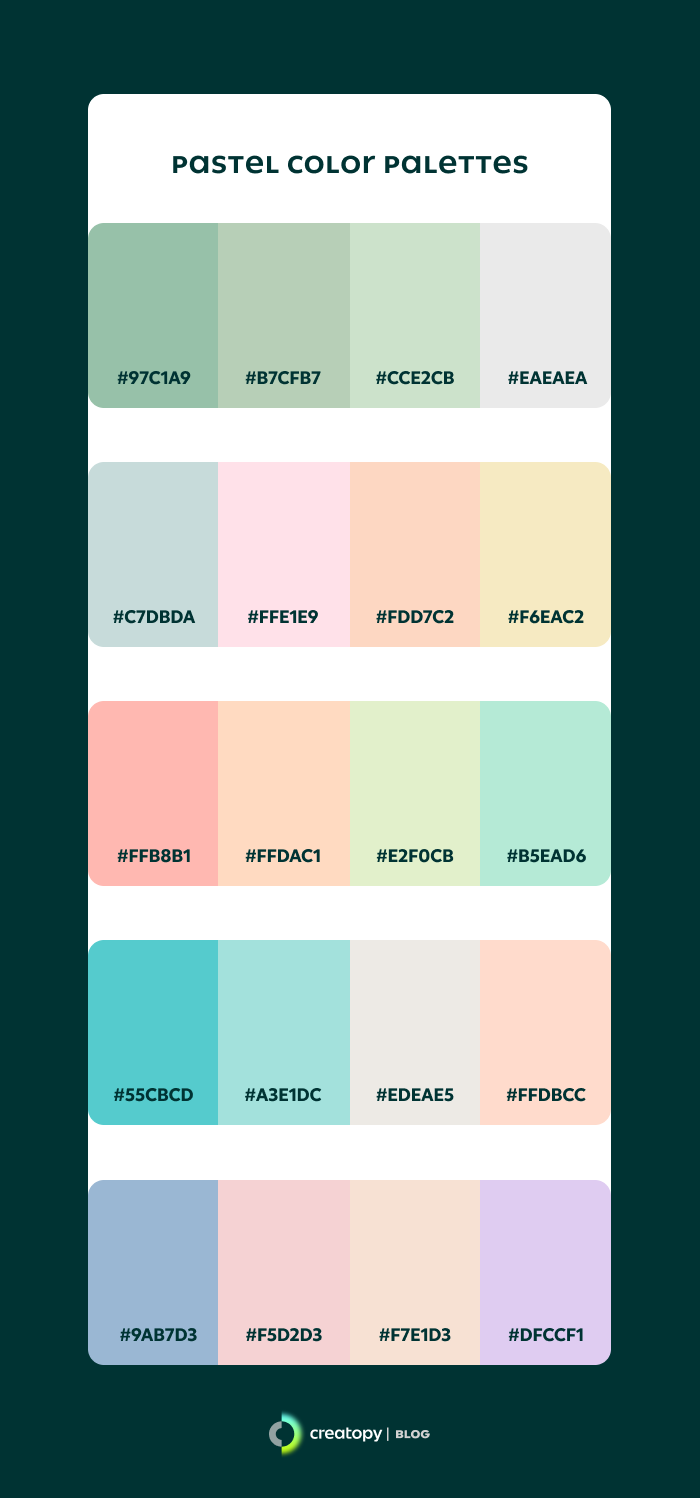

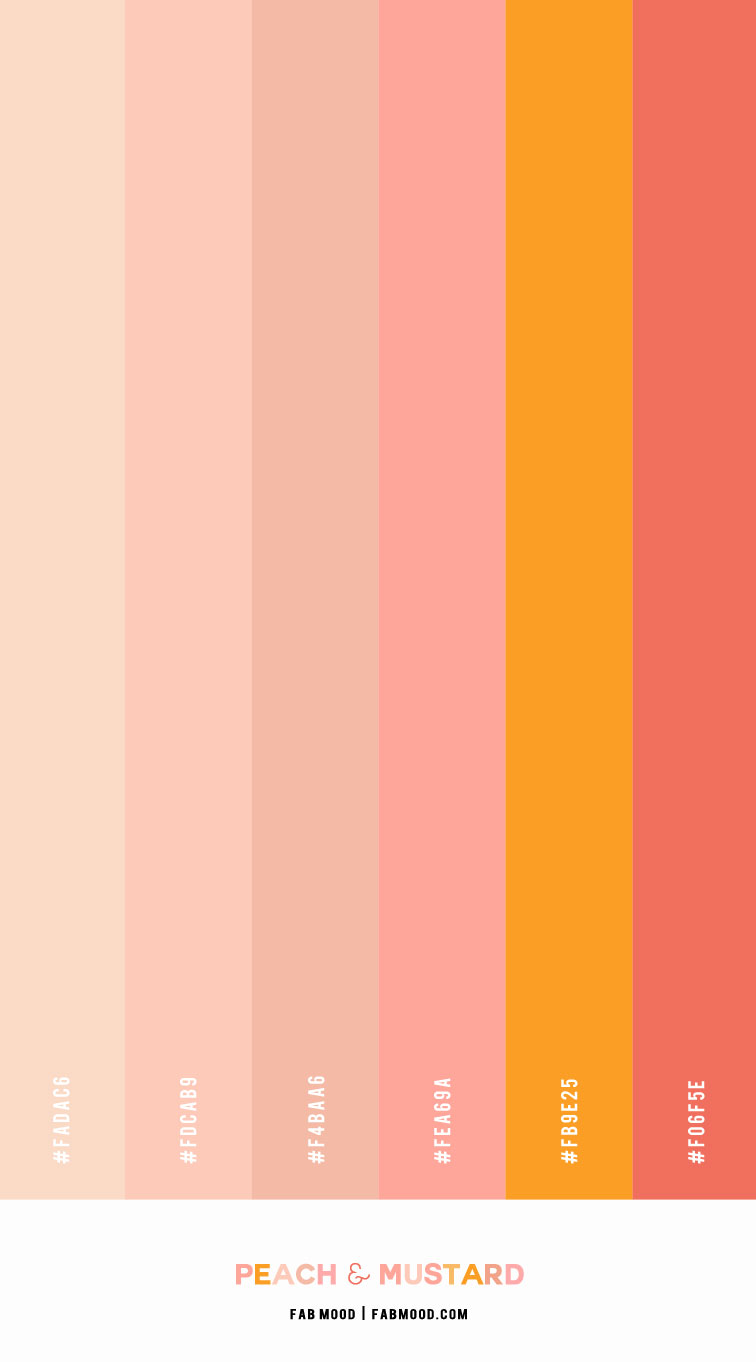



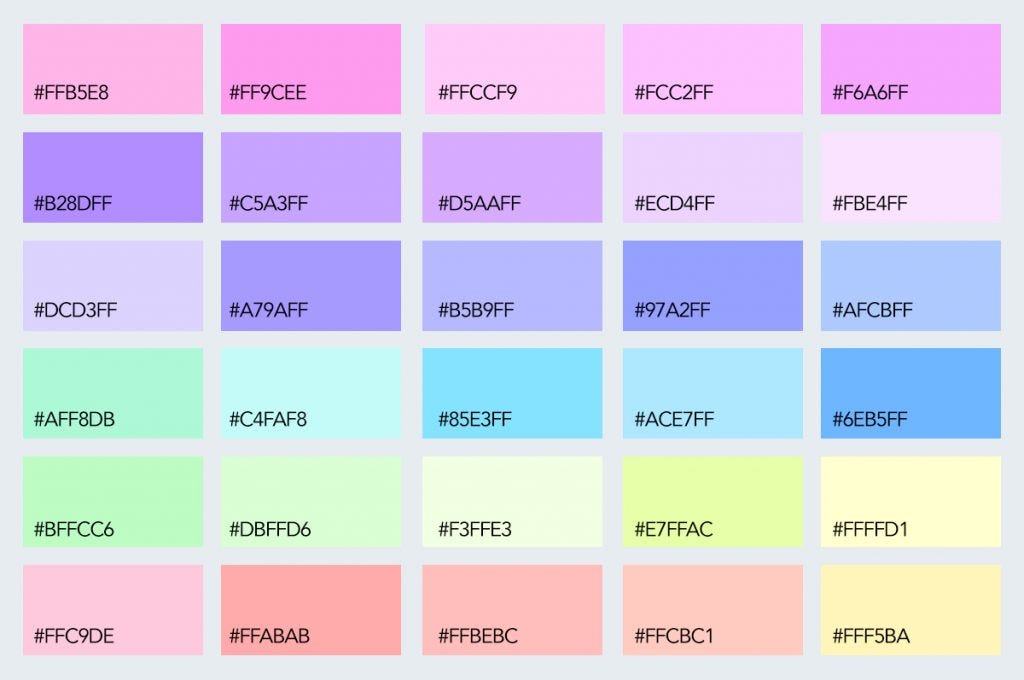










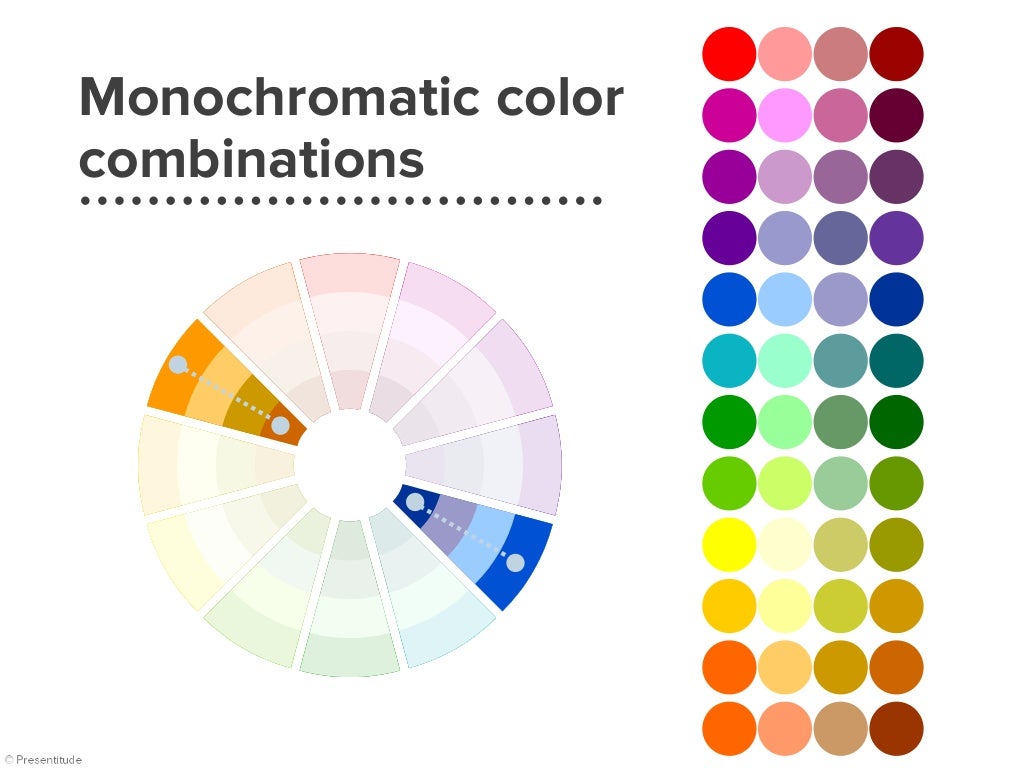
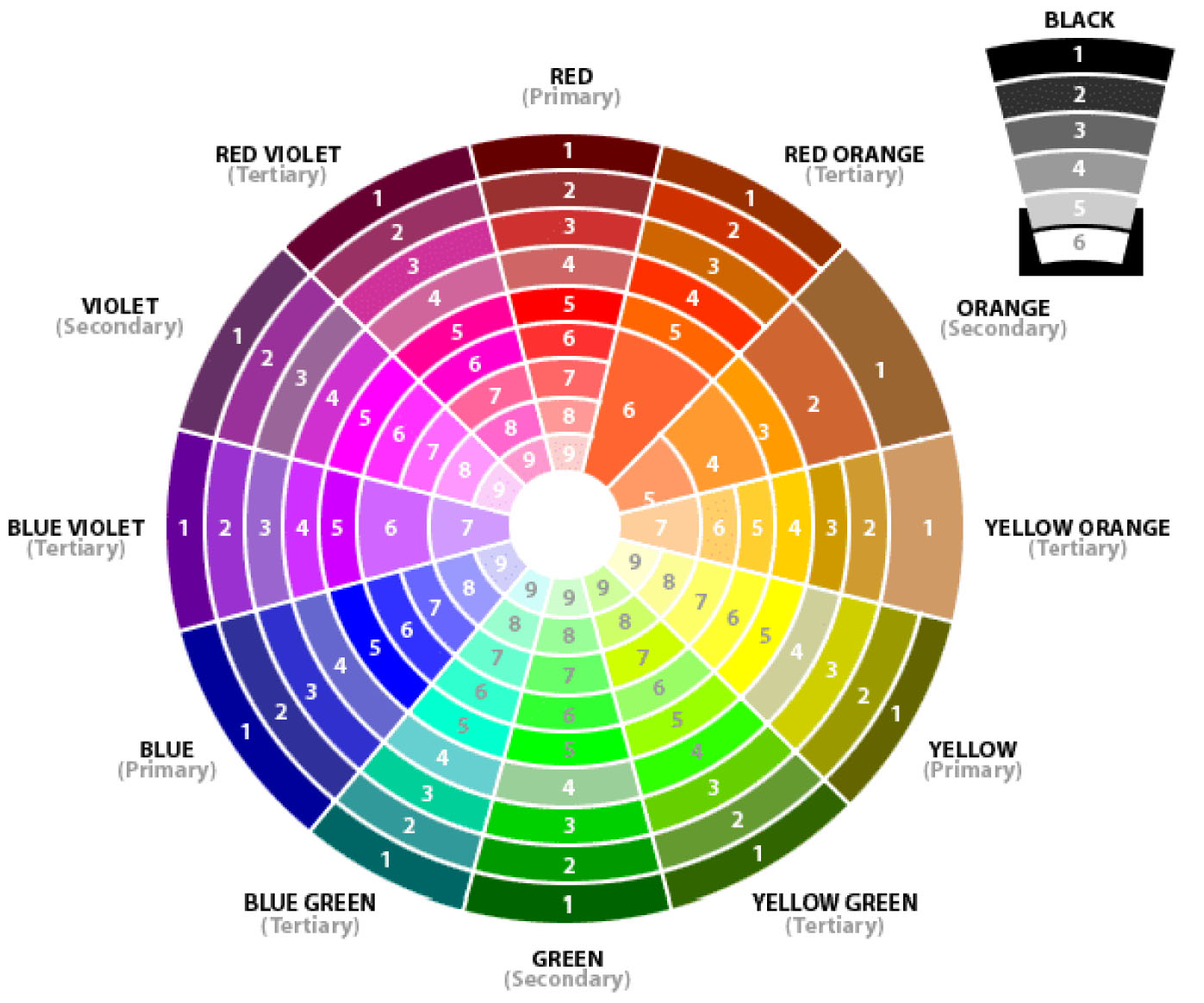


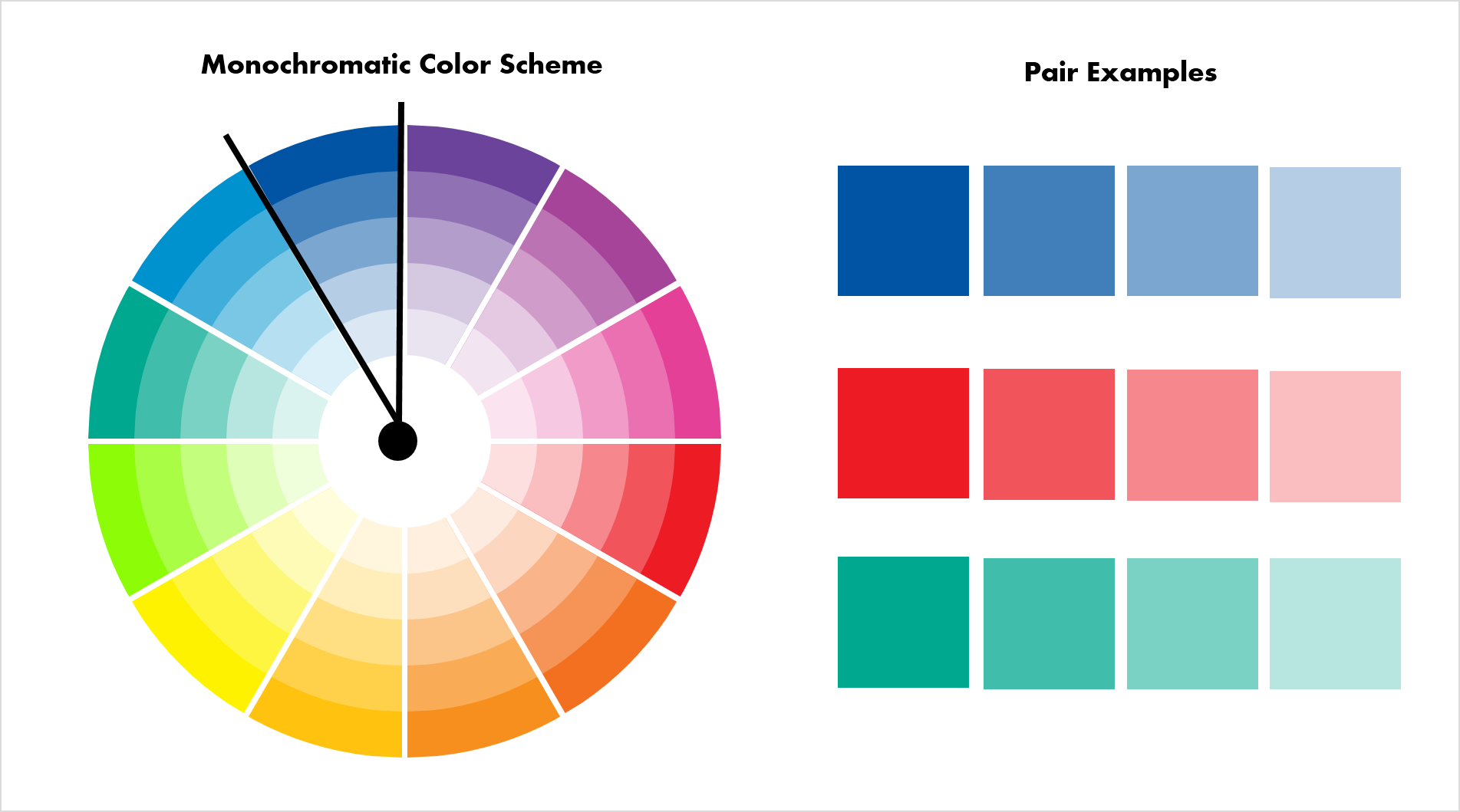
:max_bytes(150000):strip_icc()/Lista_complementarios-56a6e6cb3df78cf77290d98b.png)


